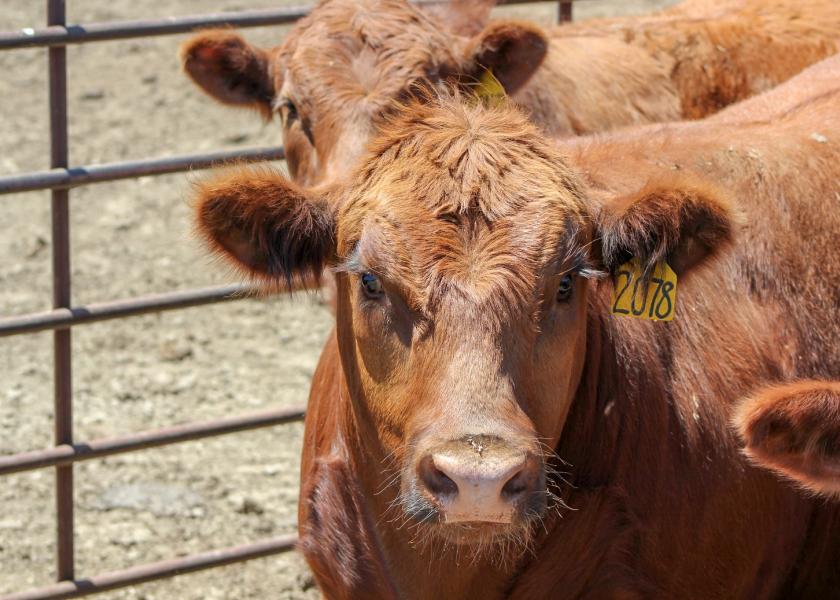Derrell Peel: Feedlots Reload In July

Friday's USDA Cattle on Feed report pegs the August 1 feedlot inventory at 11.284 million head, 101.5 percent of last year. This is the largest August 1 feedlot inventory in the data series back to 1996.
July feedlot marketings were 99.4 percent of one year ago. Placements in July were 111 percent of last year and were the largest July placements since 2011. Marketings were about as expected but placements were well above even the highest pre-report expectations and pushed the on-feed total slightly higher than expected.
Feedlot dynamics are a challenge to figure out after the turbulence of the first half of the year. Placements were down 17.7 percent year-over-year in February, March and April and, despite the 11 percent increase in July, are down 7.1 percent year-over-year for the last six months. Marketings dropped dramatically in April and May (down 25.6 percent year-over-year in those two months) and are down 6.0 percent in the six months from February to July.
One of the biggest concerns in fed cattle markets is the extent to which the backlog of fed cattle created in April and May still remains. Although June and July marketings were about equal to one year ago, a significant portion of those marketings were likely fed cattle that were carried over from April and May. The reductions in placements as far back as February have reduced the number of cattle finishing starting as early as June. Not only were total placements down in the February to July period but more of the reduction was in heavyweight placements, further reducing the number of cattle finishing now.
In the last six months, feedlot placements under 700 pounds have made up a larger percentage of total placements, which further reduces the number of cattle finishing at this time.
Carcass weights provide another indication of how current feedlots are at this time. Steer and heifer carcass weights have been above year ago levels all year but the gap became especially wide in May as delayed marketings pushed carcass higher rather than to the normal seasonal low. In May, steer carcass weights averaged over 49 pounds heavier year over year and heifer carcass weights averaged nearly 42 pounds heavier than one year ago.
Currently carcass weights are still above year ago levels and are increasing seasonally but the gap is narrowing compared to last year. The latest data shows that steer carcass weights are 28 pounds higher year over year while heifer carcass weights are 26 pounds above one year ago. Carcass weights may continue above year ago levels for the remainder of the year but the gap will likely narrow a bit more.
The data, along with anecdotal indications, are that the backlog of fed cattle is rapidly diminishing and may be nearly cleaned up. Going forward, the one million head decrease in feedlot placements in February, March and April suggests that front-end feedlot supplies will be relatively tight at least through September.







